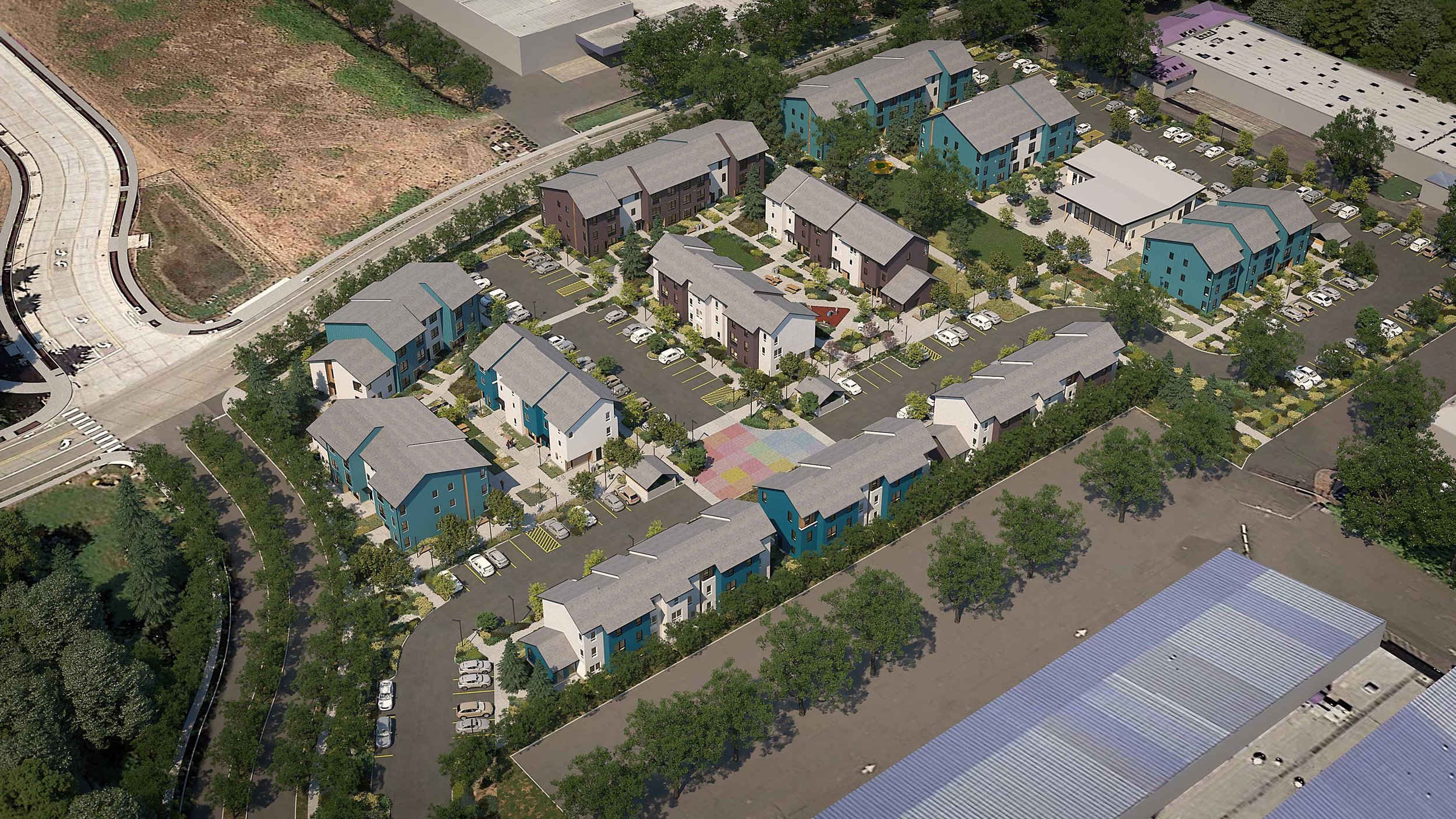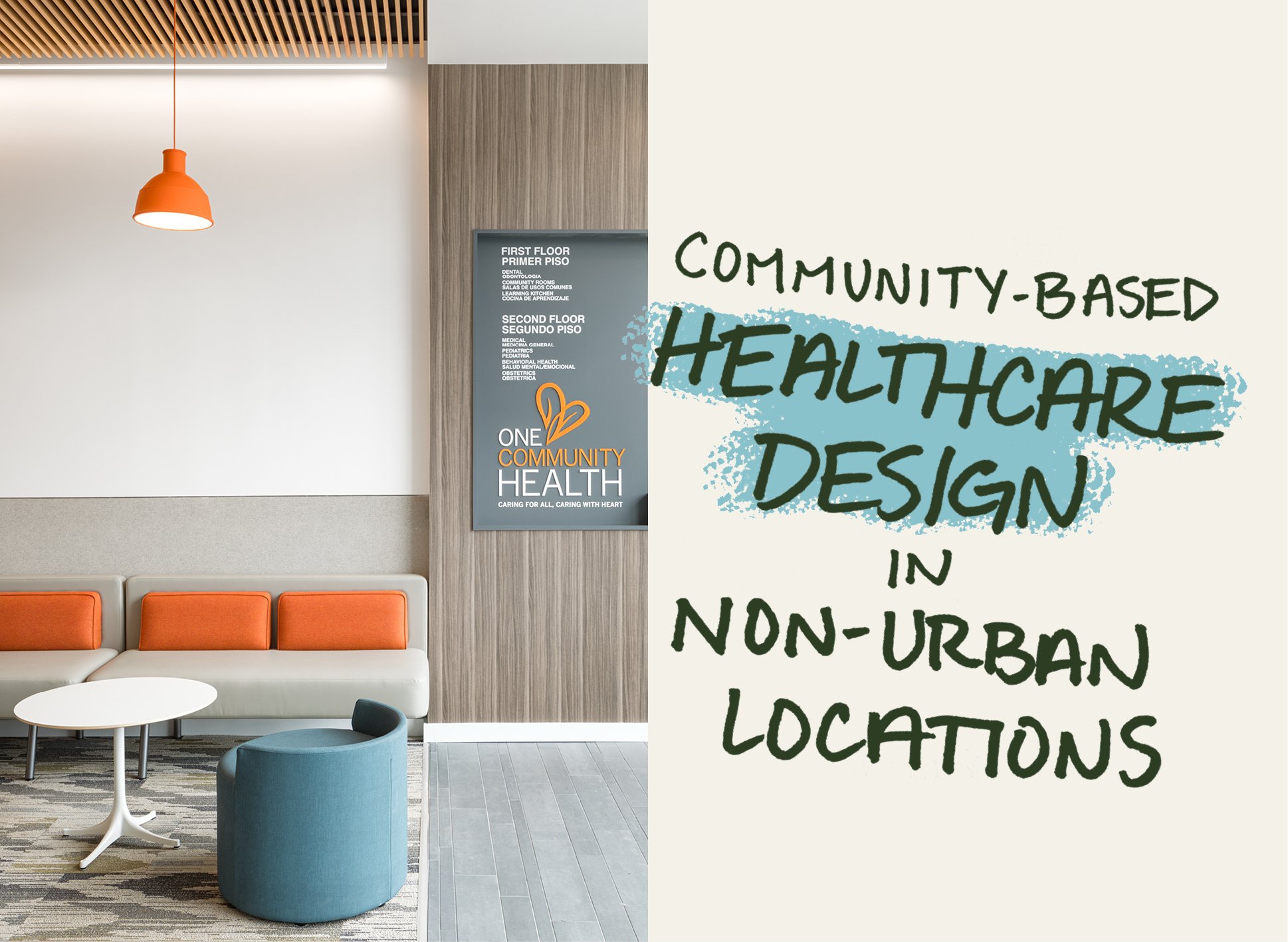Designing for Diverse Communities
Author
Eugenia Famá-Higgins and
Vanita Carrillo-Rush
As designers, we understand that architecture does not exist in a vacuum. It is, or at least should be, informed by context and community-driven. This people-first approach is foundational to Scott Edwards Architecture’s (SEA) process and serves us particularly well when developing places meant to be inclusive of diverse groups. Scott Edwards aims for true diversity in architecture by understanding where we’re working and who we’re designing projects for. By identifying and engaging with community members early, our designs are not only stronger but more meaningful. The results often offer insights we can then take with us to future work, compounding the positive impact beyond just one project.
Community members and stakeholders have the right to be involved in decision-making about projects and programs that will affect their lives. The project team, most often led by the client, starts by identifying who should be at the decision-making table. In our experience, this can mean neighborhood associations, local non-profits, organizations particular to the diverse groups that the project will serve, staff and volunteers, residents from similar developments, and more. Additionally, SEA often benefits from insights from organizations like the Center for Public Interest Design, a research and action center promoting inclusive design practices, to identify and engage with stakeholder groups.
Community design charrette for the Hillside Master Plan in Milwaukie, Oregon. This image shows Ukrainian immigrants working with a translator to learn more about the project and offer feedback.
While there is no “one-size-fits-all” approach to gathering feedback, we’ve found through our experience the following best practices for designing for diversity in architecture. While a design solution may work in one context, it does not always work in every context. To this end, we aim to understand a community’s fundamental needs and translate those into meaningful and impactful responses.
Timing of community outreach is crucial as early input means that feedback can be integrated into the design in an impactful way. Holding early open meetings with the community to listen and discuss initial ideas followed by hosting more focused workshops with each stakeholder group to understand their specific needs offers a great balance.
We understand that community members have either specific preferences or barriers to providing feedback, so we offer multiple ways to engage. This can include online surveys, one-on-one interviews, in-person open houses, or virtual zoom meetings—we capture as many voices as possible.
Often we collaborate with communities that speak English as a second language. It is vital to identify these needs early so translation services can be brought on board to ensure their voices are represented.
We’ve found that it is important to hold multiple meetings at various times during the day and evening to maximize attendance and inclusivity. Coordination of transportation and daycare for in-person meetings can also maximize attendance and inclusivity.
When it makes sense for the project, we have proposed setting up a working studio space at the project site where people can come and engage the architect by offering their opinions, comments, and critiques. This gives the public the opportunity to participate in real-time in the process, and see the project develop.
Screen capture from a Zoom meeting with the Somali Empowerment Group, a focus group for SEA’s Nueva Esperanza project.
For all of these methods, engagement doesn’t end with gathering feedback—circling back to share what we learned and how it was applied in the design is key. This not only demonstrates that the input we receive is actually incorporated but also serves in encouraging community members to participate in future rounds of outreach. It takes time and effort to provide feedback and for that, we must reciprocate in kind and compensate our contributors when possible. Community input is of tremendous value and should be treated accordingly.
Nueva Esperanza, an affordable housing development in Hillsboro, Oregon, exemplifies SEA’s approach to designing for diverse communities. Together with Bienestar and the Housing Development Center, we engaged with two culturally different communities with a presence in the area: Latinx families and Somali immigrant families. Early in the process, Bienestar formed a Project Advisory Committee (PAC) representative of Hillsboro’s Latinx advocacy community. As the process moved forward, the Somali immigrant community was identified as a key stakeholder as well—Somali Empowerment Circle, a local non-profit, helped us connect with members of this community and learn more about their vision for this project. The final design of the site, apartments, and common spaces directly reflect the feedback we received during these early conversations.
“Civic engagement is an important process of making a community a healthier place to live. Being able to bring my community to the table during the planning phase of Nueva Esperanza allowed us to advocate for our needs so that our vision could be captured. Working with Bienestar has given us the opportunity to share our community’s values, which we appreciate.”
The timeline above illustrates important milestones throughout Nueva Esperanza’s early phases, including when and how feedback was collected.
Much like the need to engage with people, good design needs to engage with the fabric of the neighborhood. Nueva Esperanza’s mix of building types, the relationship between scale and location within the development, the pedestrian experience, and the connection to amenities that surround the site are all informed by the community context.
SEA designed the development to foster a community sense through inclusive architecture and design. We break buildings into smaller neighborhoods called “colonias”. The colonias each have an outdoor plaza and a unique identity, and they are linked together by a common design element, el paseo, a path that starts at one edge of the site and ends at the community building.
A colonia and plaza intersecting with el paseo.
Nueva Esperanza’s alameda runs along the open green space near the Community Building.
Examples of feedback being applied in our design are found throughout the development. Both communities expressed an interest in a community garden and the Somali community specifically noted how sharing food and cooking together is a great way to connect across cultures. Alongside the community garden, we incorporated piñata poles in outdoor plazas, picnic areas, and a large meadow able to host soccer games and large outdoor gatherings based on feedback that we received.
Feedback is also applied in apartment homes. Both communities specifically requested that the kitchen be separated from the living room by either a partition or a door in 3 and 4-bedroom apartments and that in 2-bedroom apartments where there is just one bathroom there be a separate vanity area.
What we’ve learned during the course of these projects and others is that flexibility in modes of communication is key and timing is crucial. Diversity can mean many things, and by partnering with organizations and advocates within the community we’re designing for we can reach representative members and establish a relationship built on trust and common goals. Taking meaningful steps to collaborate early helps ensure we develop a place that reflects the people it is for and the neighborhood where it will be.
“The esperanza in this project is the hope that those who came in the 1960s and 70s were dreaming of. Finally, we could have the hope that we came for all those years ago.”













